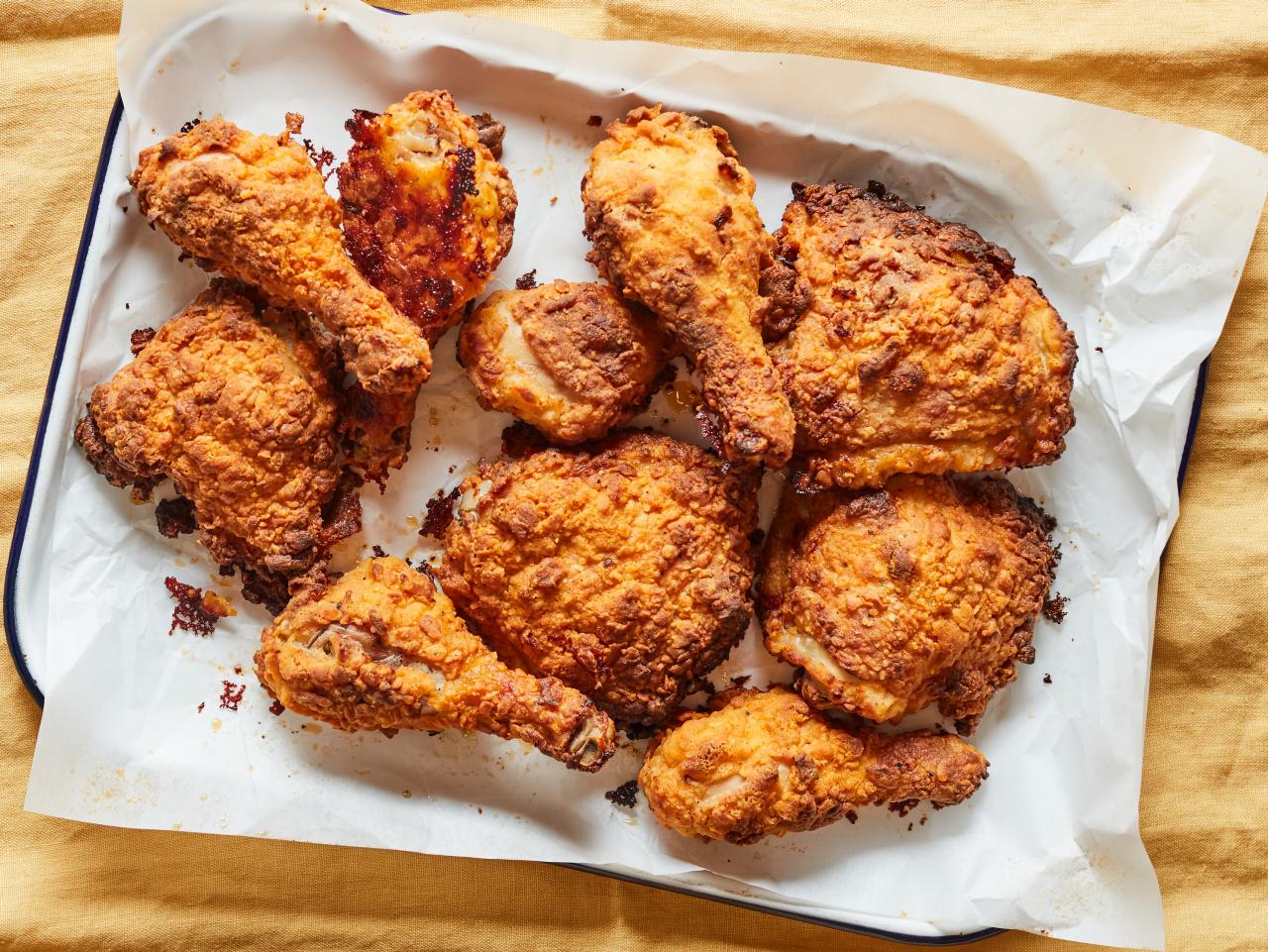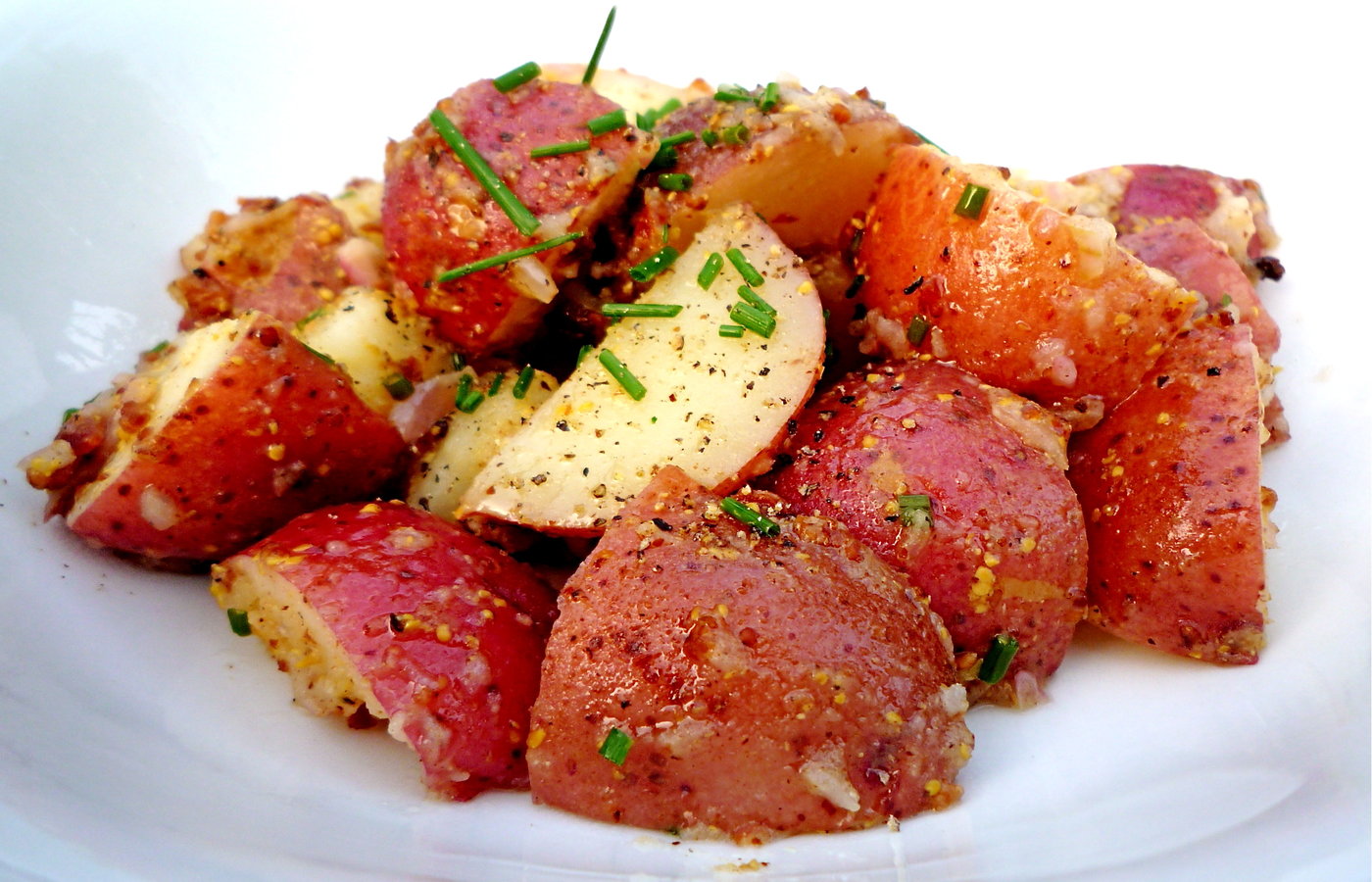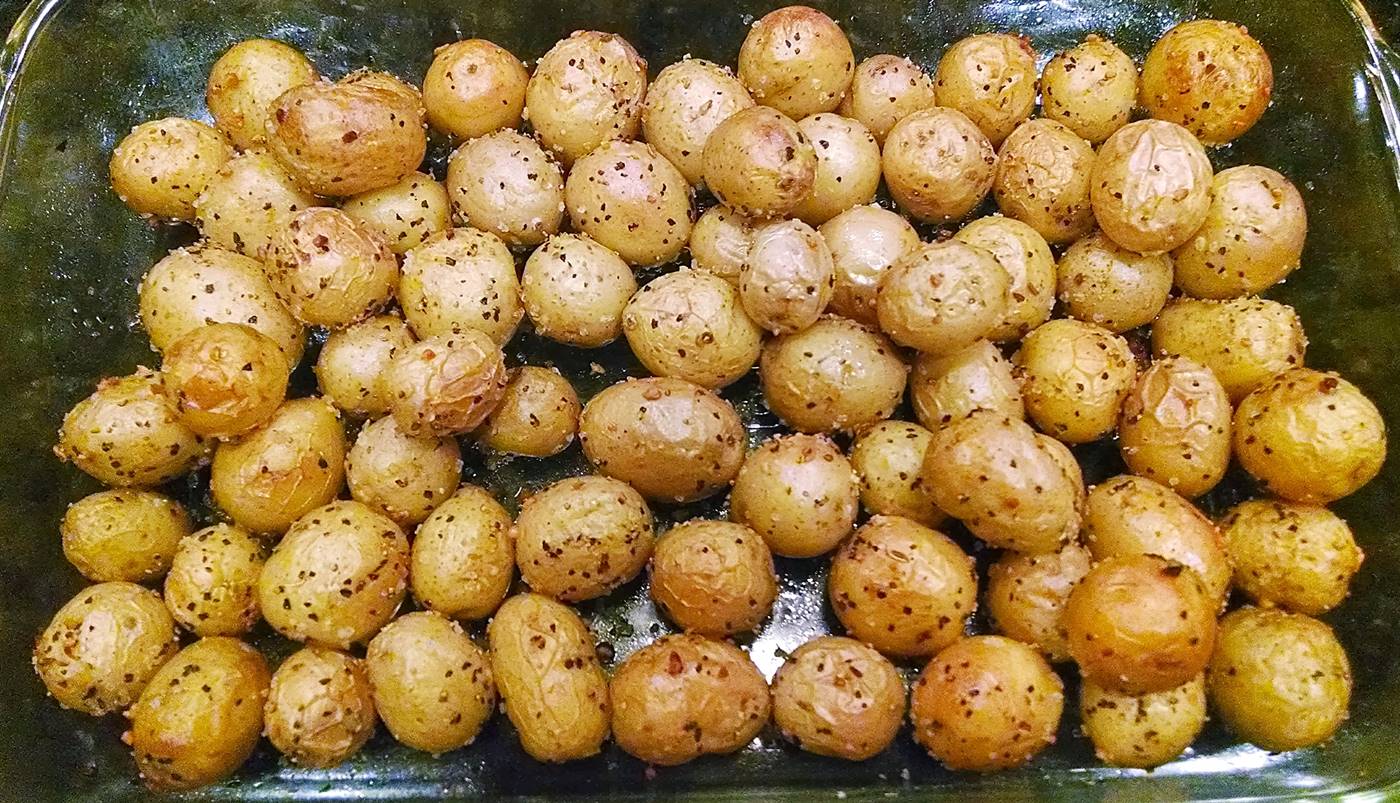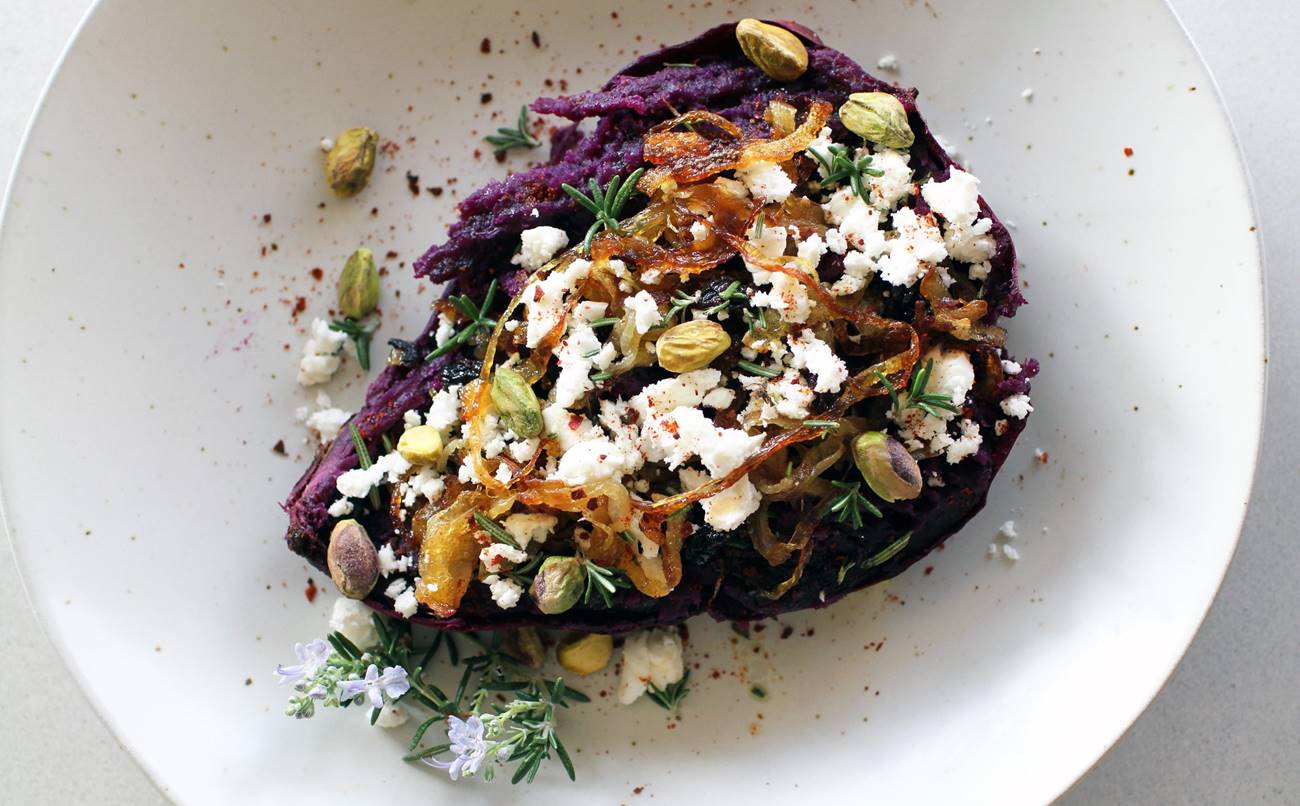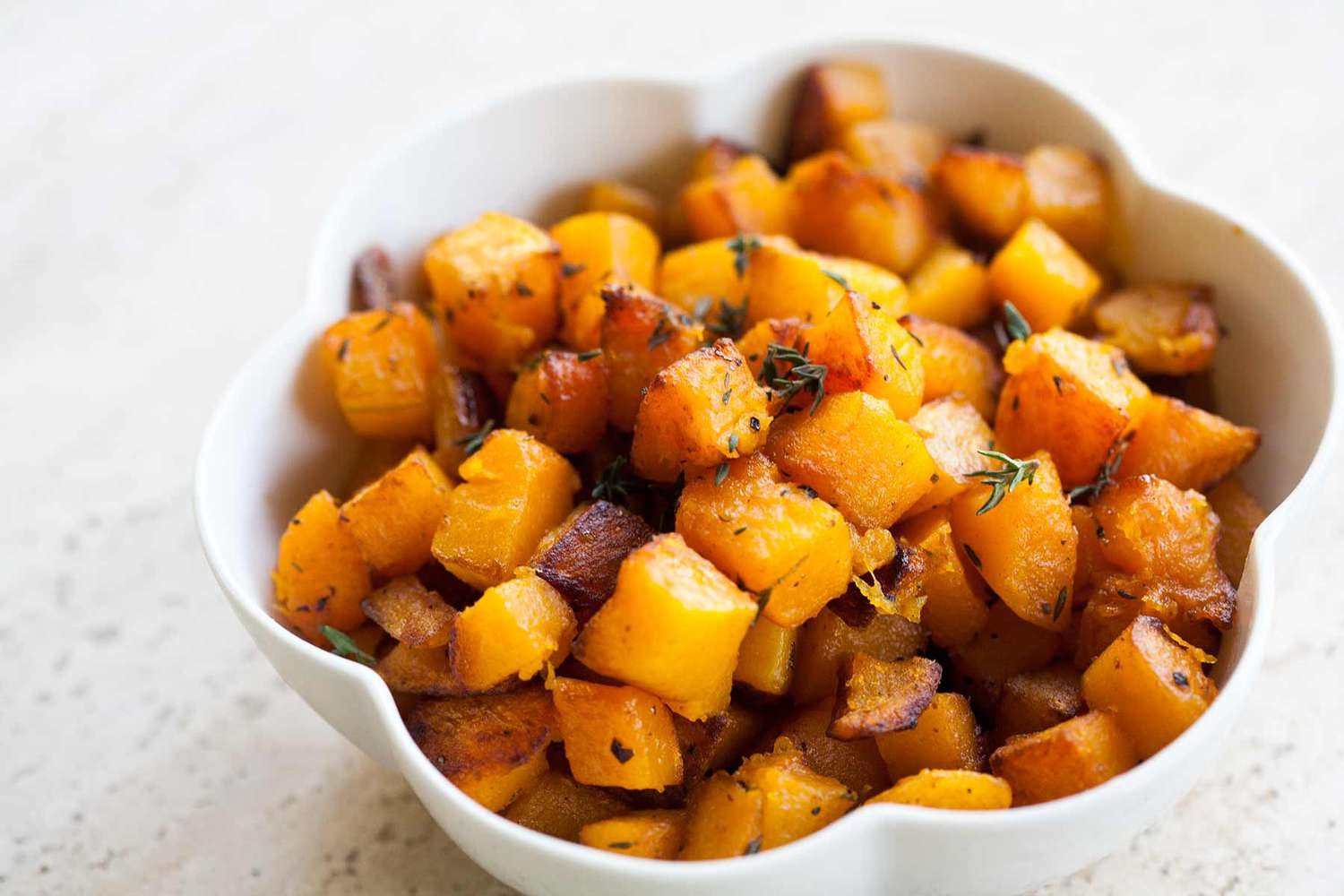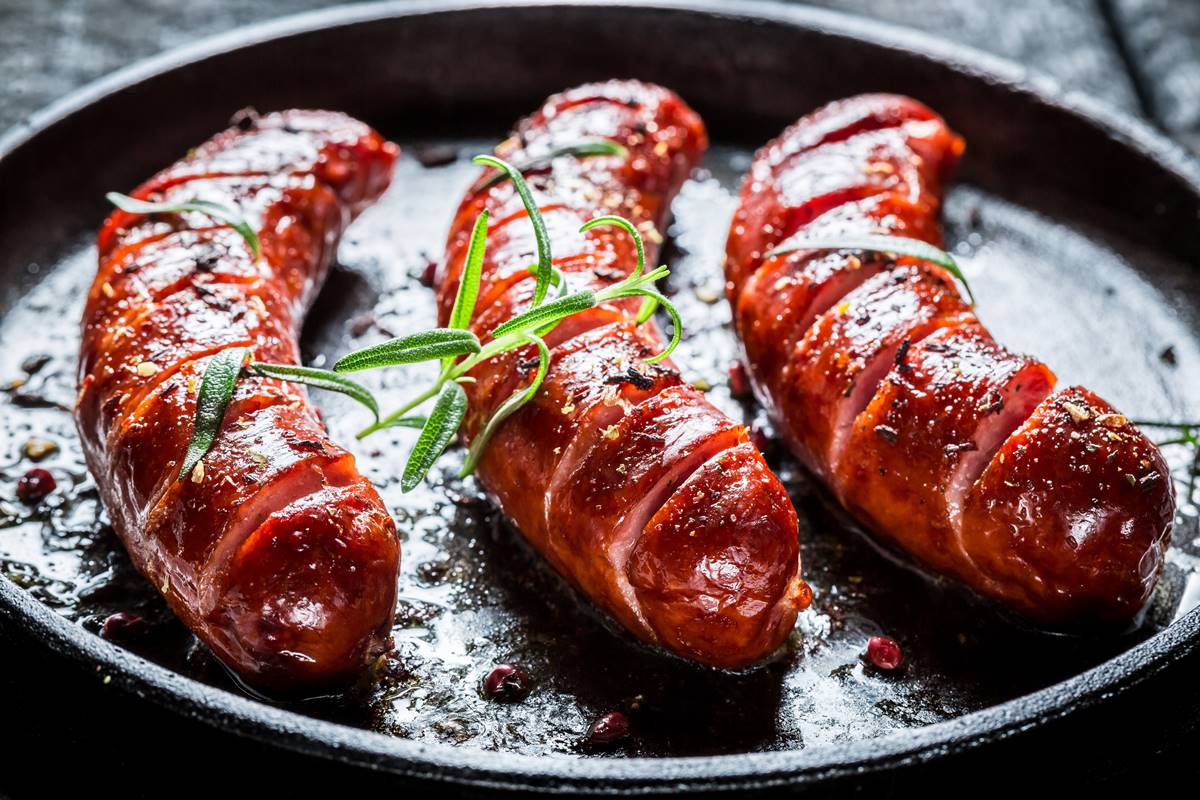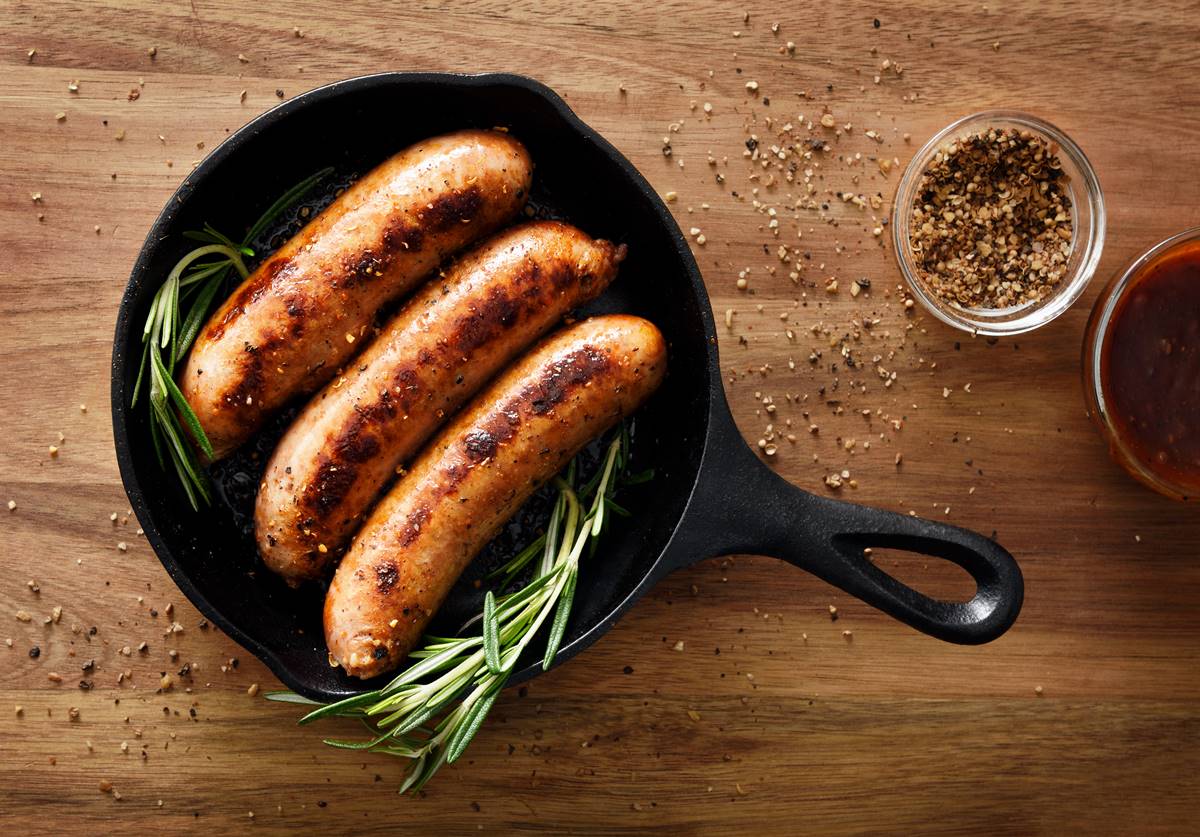Unlock the Deliciousness: A Guide to Cooking Beef Marrow Bones
When it comes to indulging in rich and flavorful dishes, few things can compare to the succulent goodness of beef marrow bones. These culinary gems not only add depth and complexity to your meals but also offer a myriad of health benefits. Whether you’re a seasoned chef or an enthusiastic home cook, this comprehensive guide will take you through the steps of cooking beef marrow bones to perfection.
1. Selecting the Right Bones
Before diving into the cooking process, it’s essential to choose high-quality beef marrow bones. Look for bones that are fresh, preferably from grass-fed cattle, as they tend to have a richer taste. You can find marrow bones at your local butcher or meat market.
Remember: Look for bones with plenty of marrow inside, as this is the star of the show!
2. Preparing the Bones
Once you have your bones, the first step is to prepare them for cooking. Rinse the bones under cold water to remove any surface dirt or debris. Then, using a sharp knife, carefully cut the bones into segments of about 2 to 3 inches in length. This size allows the marrow to be easily scooped out later.
3. Flavor Infusion
One of the secrets to elevating the taste of beef marrow bones is flavor infusion. Preheat your oven to 400°F (200°C). In a roasting pan, arrange the bones in a single layer. Add aromatic ingredients like sliced onions, garlic cloves, fresh herbs such as thyme or rosemary, and a sprinkle of salt and pepper. Drizzle a little olive oil over the bones to enhance the flavors even more.
4. Slow Roasting
The key to achieving that melt-in-your-mouth goodness lies in slow roasting. Place the roasting pan with the prepared bones in the preheated oven and cook for around 30 to 45 minutes. This slow and gentle cooking method allows the marrow to develop its unique umami flavor and become lusciously tender.
5. Scooping out the Marrow
Once the bones are beautifully roasted, it’s time to enjoy the star of the dish – the marrow! Using a small spoon or a marrow scoop, carefully extract the soft, gelatinous marrow from the bones. It should come out easily, almost like butter. Discard any excess fat or connective tissues.
6. Serving and Enjoying
There are countless ways to savor the delectable beef marrow bones:
- Spread the marrow on crusty bread or toast for a luxurious and simple treat.
- Add the marrow to soups and stews to enhance their richness and depth.
- Use the marrow as a flavorful base for sauces, gravies, or even as a topping for grilled meats.
- For an extra savory twist, sprinkle a pinch of sea salt and a squeeze of lemon juice over the marrow.
However you choose to enjoy your beef marrow bones, remember to savor the intense flavors and appreciate the incredible health benefits they offer. From nourishing the immune system to supporting joint health, beef marrow is a true culinary treasure.
Wrap Up
Now that you’re armed with the knowledge of cooking beef marrow bones, it’s time to unlock their irresistible deliciousness. Don’t be intimidated – embrace the process and let your taste buds revel in the luxurious flavors this dish brings. So head to your local butcher, grab some high-quality beef marrow bones, and get ready to create a culinary masterpiece that will leave your guests begging for seconds!
For those looking to master the art of cooking beef marrow bones, there are a variety of recipes to explore. Start with Roasted Bone Marrow with Herb Salad Recipe for a decadent appetizer that highlights the natural richness of the marrow. For a special dinner, try the Beef Marrow Risotto Recipe, which adds an extra layer of flavor to a traditional dish. If you're in the mood for comfort food, the Bone Marrow Beef Stew Recipe offers a hearty and rich option. And don't miss the Bone Marrow Poutine Recipe, an indulgent twist on the Canadian classic. Each of these recipes showcases different ways to use beef marrow bones, making them must-tries for any home chef.
Was this page helpful?
Read Next: How To Cook Chestnuts
